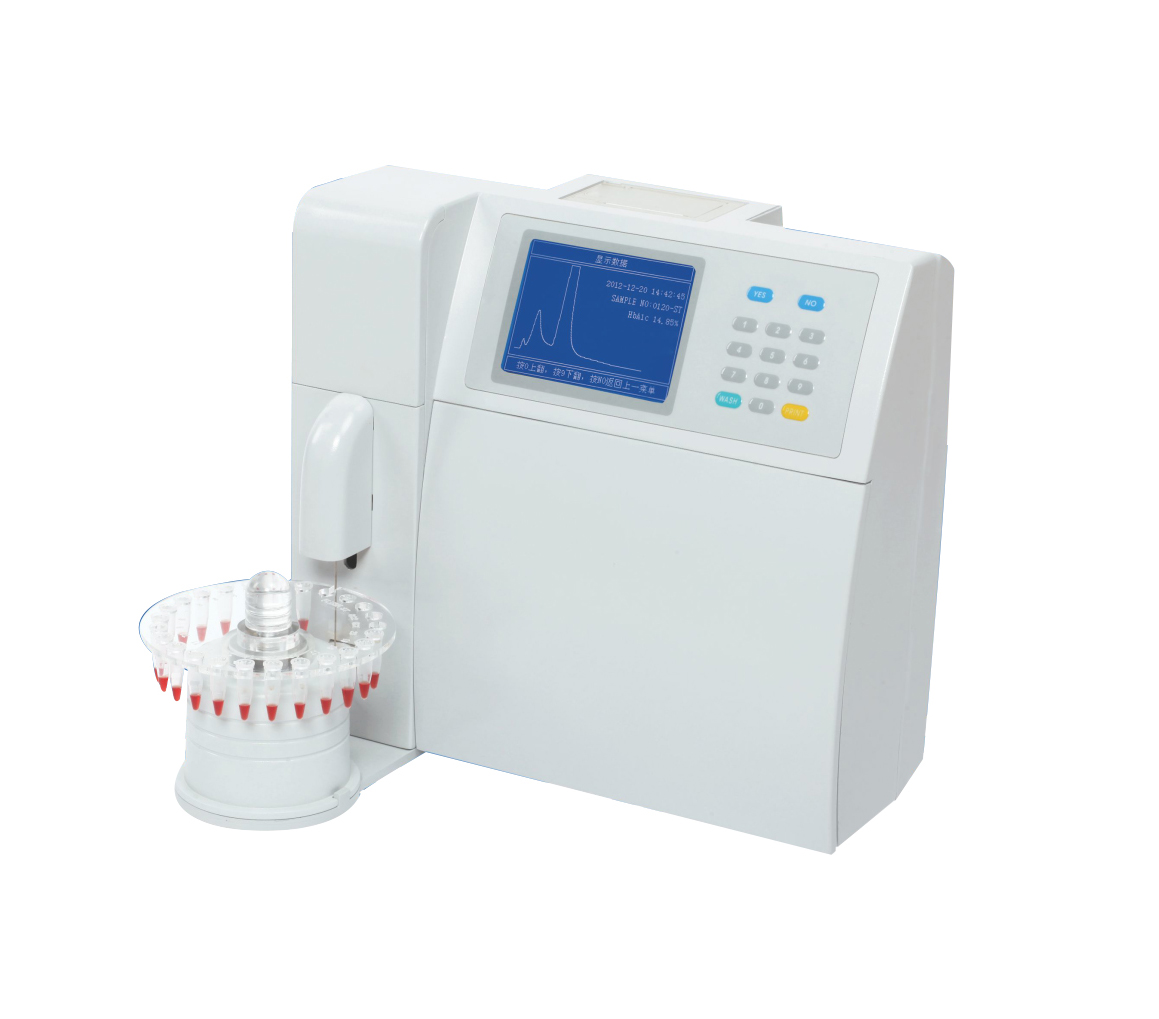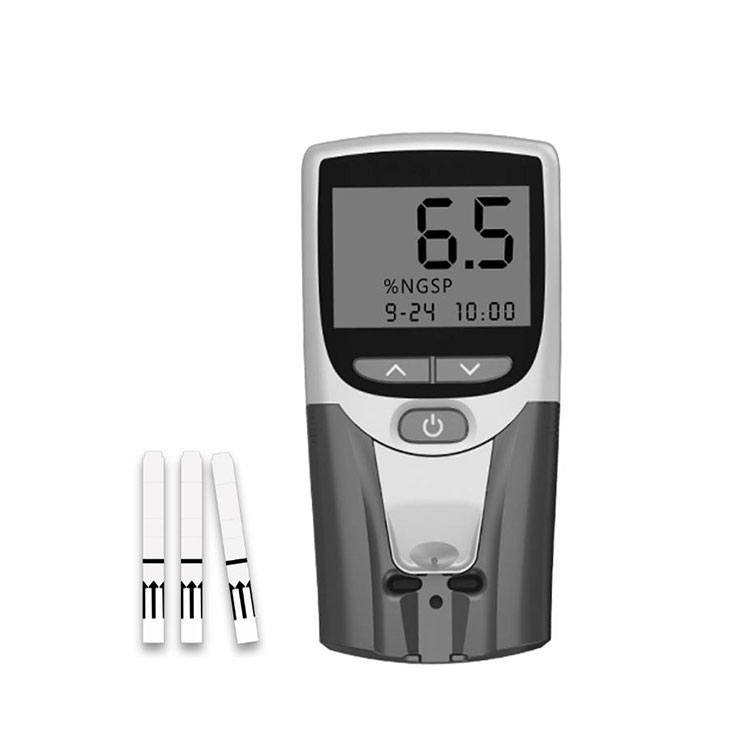- Home
- Products
- About Us
- News
- Service
- Contact Us
 May. 27, 2022
May. 27, 2022Red blood cells in human blood contain hemoglobin, and when glucose in the blood comes into contact with it, HbA1c is formed. HbA1c content reflects the average blood sugar level in the past 2-3 months, and is an effective detection index for diabetes screening, diagnosis, blood sugar control, and curative effect assessment.
GHB determination methods used in clinical laboratories are mainly divided into two categories:
▶ Based on the difference in charge between GHB and Hb, such as ion-exchange high performance liquid chromatography (HPLC).

This method has been used in the study of DCCT in the United States and is the current gold standard for detecting HbA1c. It is established based on the difference in the charge of the N-terminal valine of the Hbb chain after glycation. It can automatically separate and determine the variants and subtypes of glycosylated hemoglobin and blood proteins, but the operation and maintenance requirements of the instrument are relatively high, and the CV value is within 1%.
▶ Based on the structural characteristics of glycosylated groups on hemoglobin, such as affinity chromatography.

Using the principle that biopolymers can be reversibly combined with the corresponding specific ligand molecules, the ligand is firmly bound to the solid phase carrier through covalent bonds to obtain an affinity adsorption system. The method has strong specificity and is not disturbed by abnormal blood serotonin. It is suitable for use in clinical departments, especially for pediatric patients. The test results also fully meet and exceed the clinical requirements, and the CV value is within 5%.
Previous: What Can an Ultrasound Detect?
Navigation
Get in Touch
